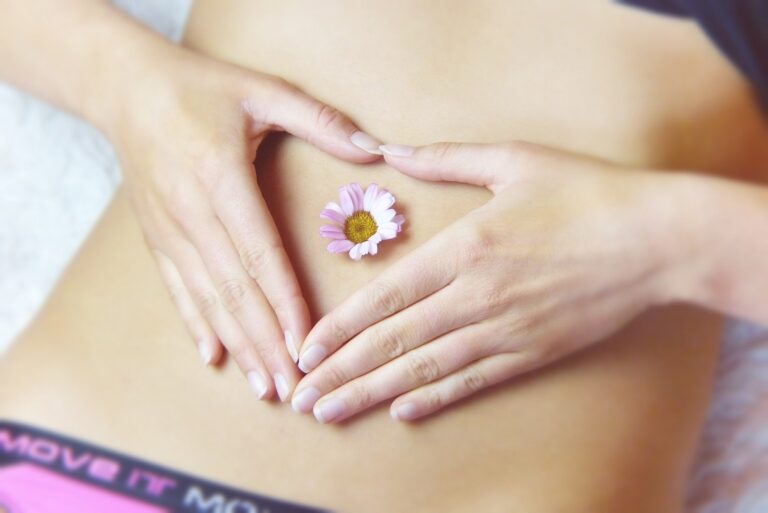Taking advantage of the fact that we are in the summer season and that we are all looking for a sunscreen that suits our skin, but we do not know the information that the product shows, we do not know how it works, how it protects us and how we should use it.
Well, let’s start by talking about what ultraviolet radiation is and how it affects our skin.
A single excessive exposure to type B ultraviolet (UV) rays results in the classic sunburn with the appearance of redness, pain and even blisters on the exposed areas. With multiple exposures to type B UV rays in youth or very early in life, we find the appearance of spots and pigmentation, wrinkles, marked dehydration of the skin, and the appearance of basal cell carcinomas and melanoma. The development of actinic keratosis and carcinoma is closely related to chronic exposure to type B UV rays. The absorption of ultraviolet rays produces a mutation in the DNA of our cells, which is related to skin carcinogenesis.
Type A UV rays are much quieter because they do not produce the reddening typical of Type B UV rays. A large amount of Type B UV rays are filtered out in the stratospheric ozone layers, while UV rays from the type A passes more freely and therefore on the earth’s surface there are 20 times more UV rays of type A than UV rays of type B.
Type A UV rays can penetrate the crystals and do not change in relation to the day or the season or time of year, nor with the altitude at which we find ourselves, for this reason we are more exposed to these type A UV rays , with the consequences of greater photoaging and the formation of free radicals, this being the main mechanism by which it contributes to the formation of skin cancer.
There are physical and chemical sunscreens. The physical sunscreens, which are fundamentally composed of titanium dioxide or zinc oxide, act as a screen on the skin that prevents and blocks the passage of ultraviolet light. They have the disadvantage that they leave a layer of visible color on the skin, but at the same time, they are quite effective in blocking the passage of UV radiation. The chemical sunscreens, on the other hand, are made up of very varied combinations of active principles, which must guarantee that the proportion and stability of the mixture provides good protection.
Para determinar el factor de protección de un protector solar, se hace una serie de pruebas a nivel de laboratorio para saber con qué factor de protección va a ser etiquetado ese producto. Pero en la realidad, cuando se aplica en la piel, las condiciones no son iguales que en el laboratorio (la cantidad de protector, el sudor, la ropa que se utilice, las actividades que se realicen, etc), por tanto el consumidor puede tener una falsa sensación de protección y confiarse en que está protegido cuándo no lo está. El estándar actual de la FDA (Food and Drug Association) es la aplicación de 2 mg por centímetro cuadrado de piel; sin embargo, los estudios demuestran que las personas solo utilizan un 25 a un 50 % de la cantidad necesaria, por tanto la efectividad de la protección del producto disminuye.
There is a rule to calculate the amount of sunscreen to use that is more than half a teaspoon for the head and neck and another measure for the arms, and more than a whole teaspoon for the entire front of the torso, one for the back of the torso and one for each leg.
In conclusion, we must remember that there are many factors that alter the level of protection of a sunscreen: the amount of sunscreen we use, the amount of time we are immersed in water or in contact with sand, how many times we apply the product and the way we apply it. Remember that we must apply a sunscreen at least every 2 hours or every 40-80 min if we have done any physical activity or after immersion in water. And 15 -30 minutes before starting sun exposure.
I hope this information has been useful. You can ask us your questions through the contact mail
Find the protector that offers you the greatest versatility and that adapts to your skin type














